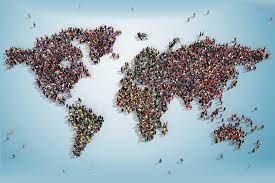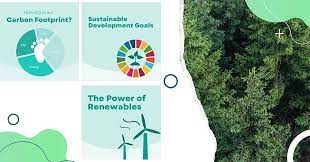
India Set to Become World’s Most Populous Country in 2023: India is set to surpass China as the world’s most populous country in 2023, with each counting more than 1.4 billion residents this year, a United Nations report said on Monday, warning that high fertility would challenge economic growth.
November 2022 Current Affairs Quiz
More About The Report:
The world’s population, estimated to reach 8 billion by Nov. 15 this year, could grow to 8.5 billion in 2030, and 10.4 billion in 2100, as the pace of mortality slows, said the report released on World Population Day.
The world’s population was growing at its slowest pace since 1950, having fallen below 1% in 2020, UN estimates showed.
In 2021, the average fertility of the world’s population stood at 2.3 births per woman over a lifetime, having fallen from about 5 births in 1950. By 2050, it is predicted that global fertility would have further decreased to 2.1 births per woman.
What Is The Concern:
Referring to an earlier World Health Organisation report– estimating about 14.9 million deaths relating to the COVID-19 pandemic between January 2020 and December 2021, the UN report said global life expectancy at birth fell to 71 years in 2021 from 72.8 years in 2019, mostly due to the pandemic.
The Majority Contributors:
The United Nations said more than half of the projected increase in the global population up to 2050 will be concentrated in eight countries – Congo, Egypt, Ethiopia, India, Nigeria, Pakistan, the Philippines and the United Republic of Tanzania. Countries of sub-Saharan Africa are expected to contribute more than half of the increase anticipated through 2050.
What Has Been Said:
The UN claims that a “spectacular population rise” that peaked at 2.1% year between 1962 and 1965 was first caused by a declining death rate. Between 1950 and 1987, world population doubled from 2.5 billion to 5 billion. But as fewer children were born generation to generation, growth started to slow.
The UNFPA projects world population to peak at 10.4 billion in the 2080s and stay there until the end of the century.
According to the UN, 60% of the global population lives in a region where the fertility rate is below replacement level — up from 40% in 1990 — and international migration is now the driver of growth in many countries, with 281 million people living outside their country of birth in 2020.





